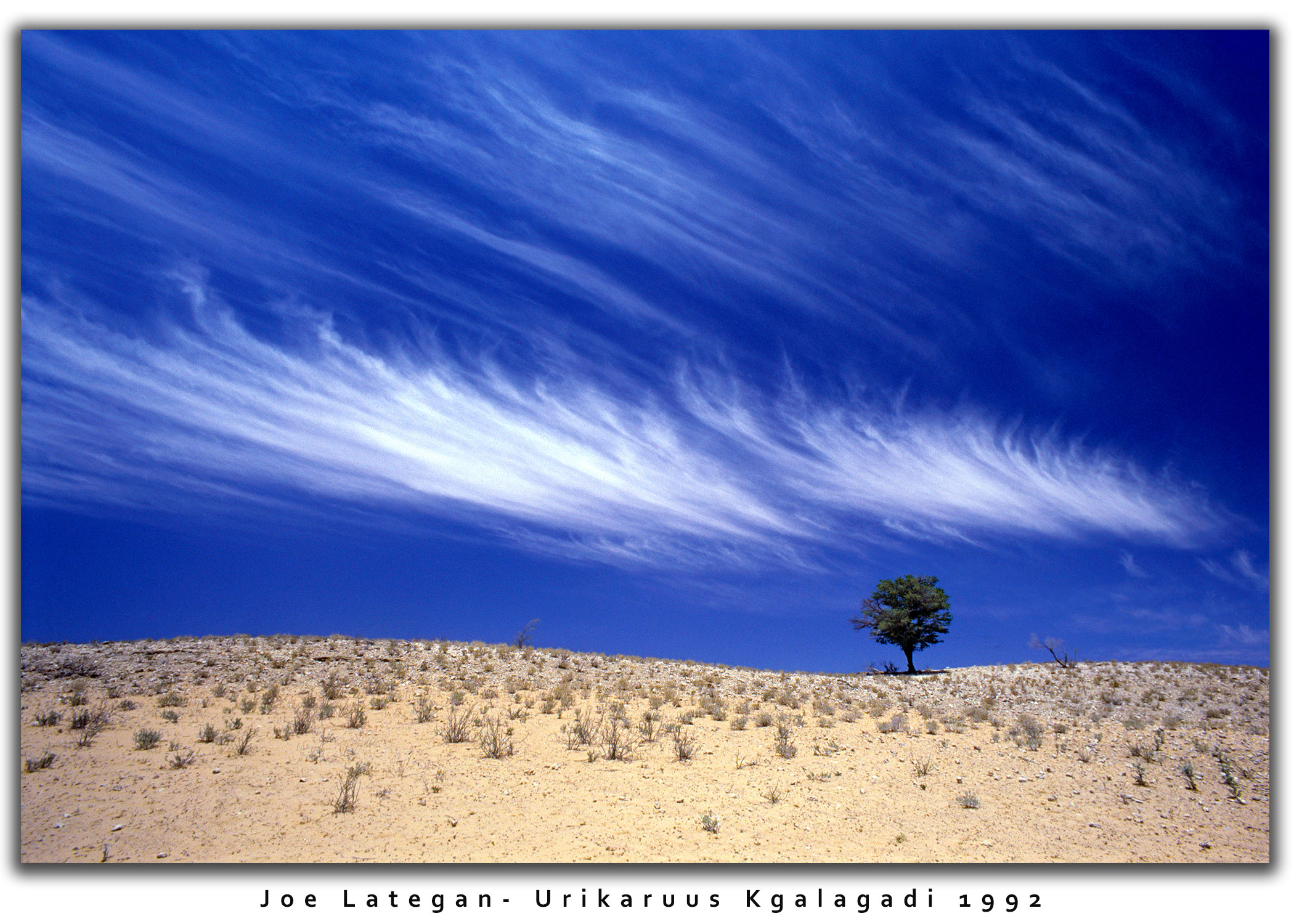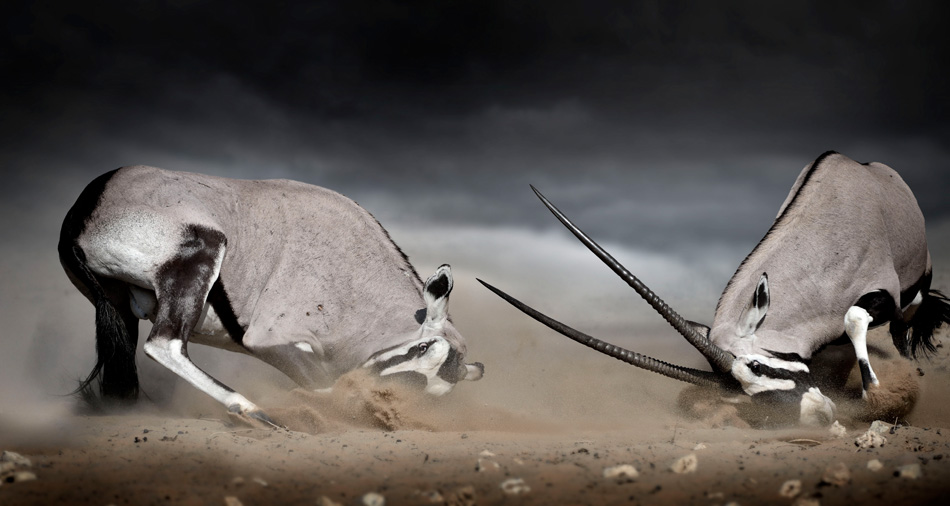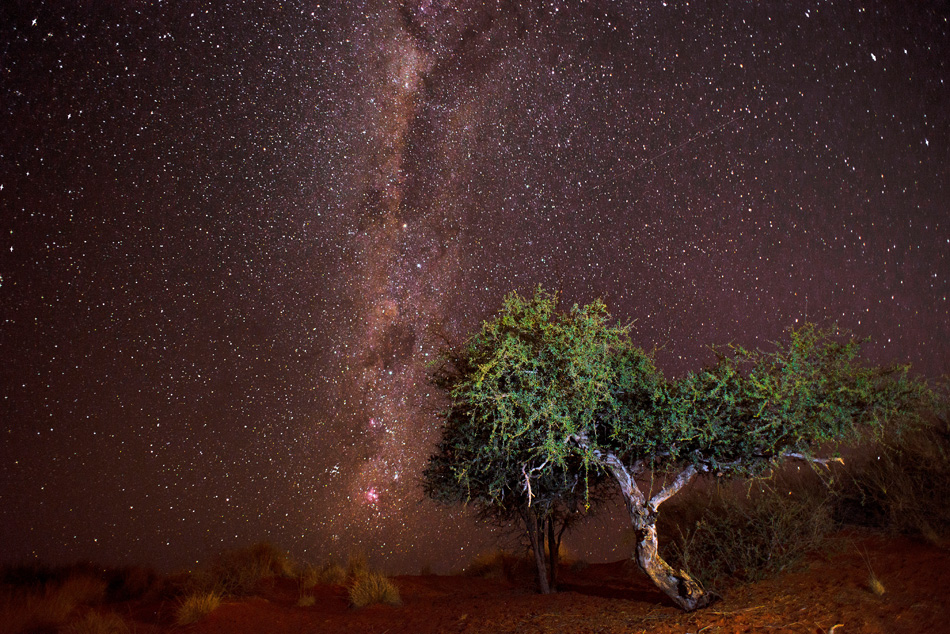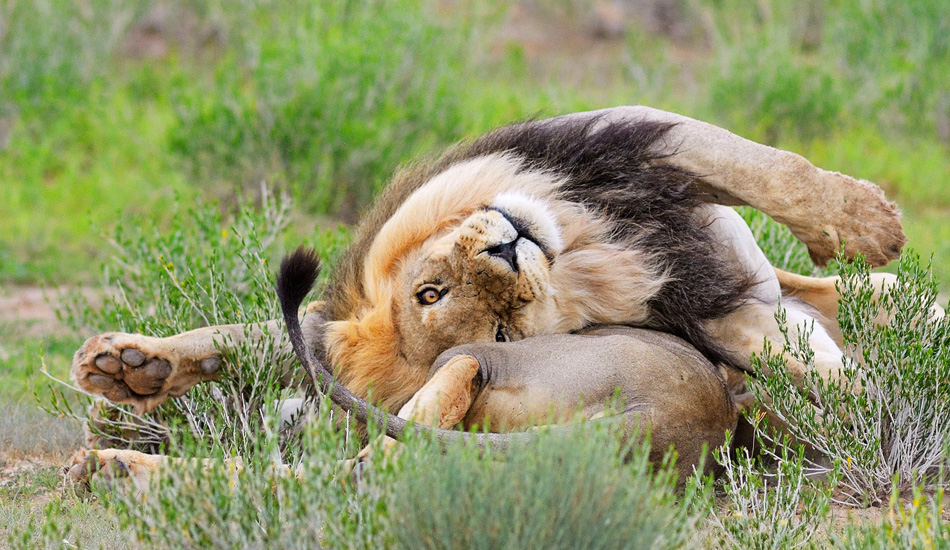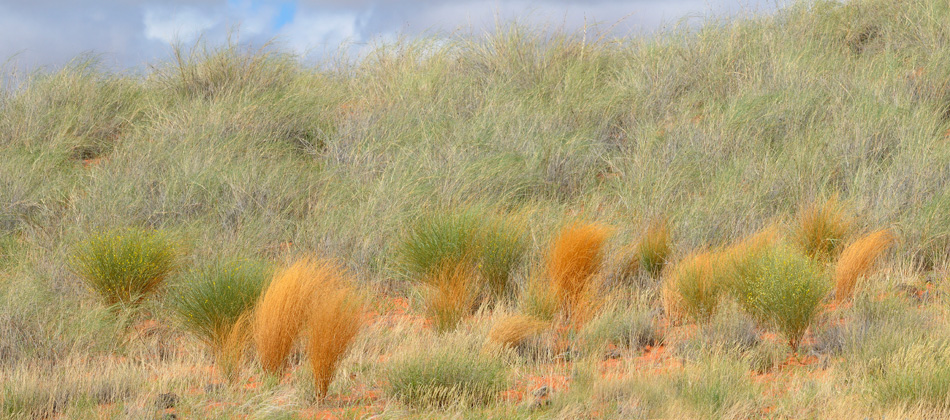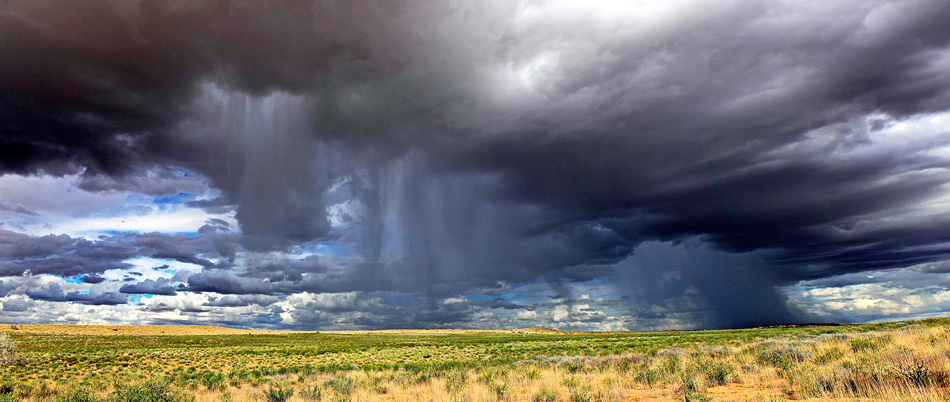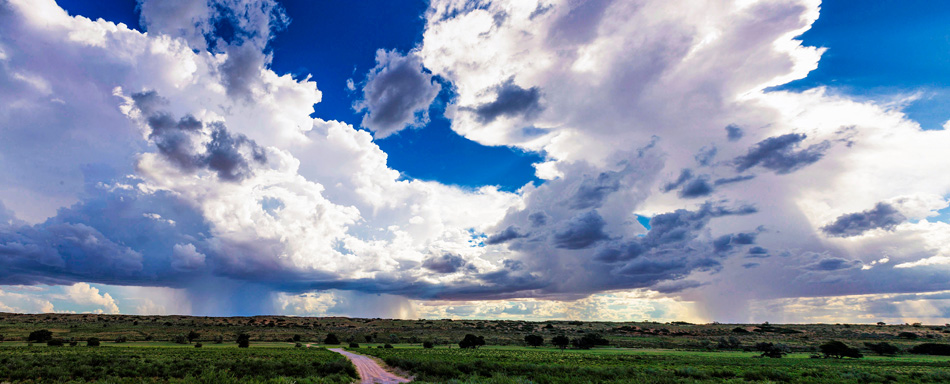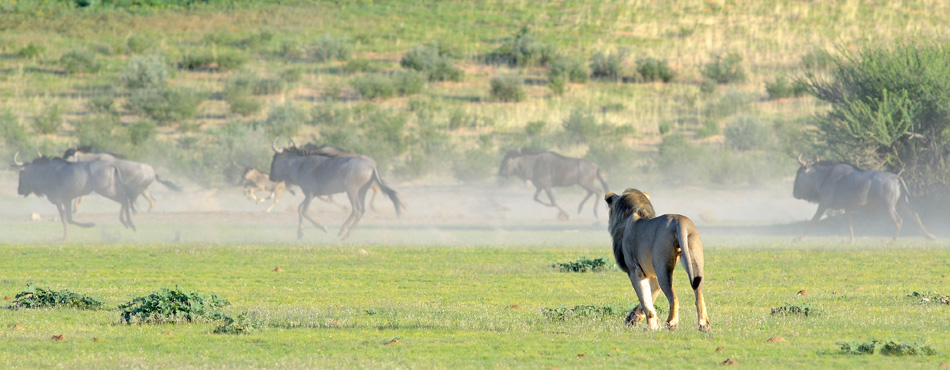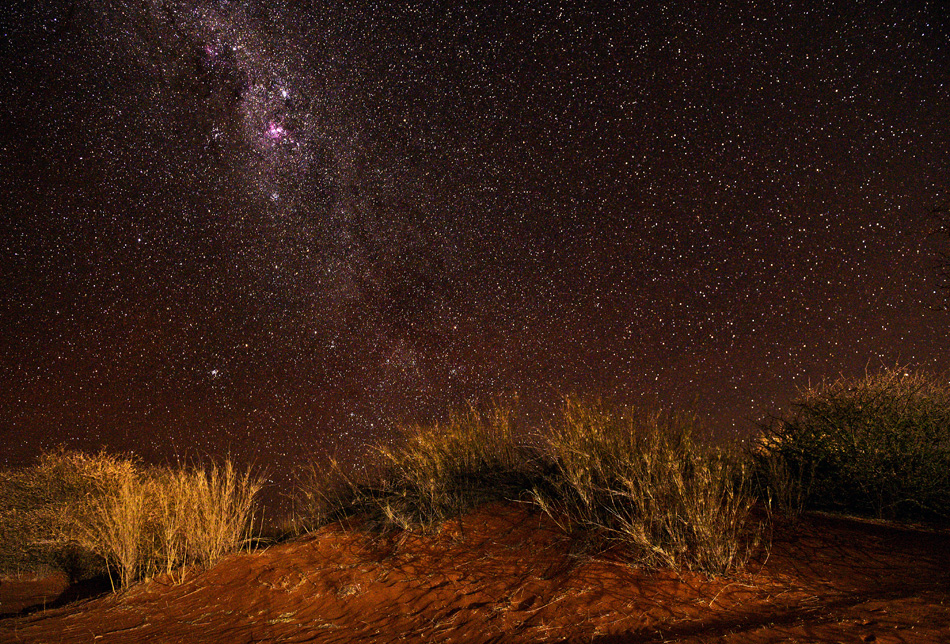Kgalagadi Transfrontier Park
The general guide for the Kgalagadi Transfrontier Park
General information
Introduction
The Kgalagadi Transfrontier Park lies in a large sand-filled basin in the west of the southern African subcontinent, known as the Kalahari Desert. It straddles both South Africa and Botswana to create an enormous conservation area of over 3,6 million hectares and one of the very few of this magnitude in the world.
The Kgalagadi Transfrontier Park is an amalgamation of the former Kalahari Gemsbok National Park of South Africa, which was proclaimed in 1931 mainly to protect migratory game such as Gemsbok, and the adjacent Gemsbok National Park in Botswana.
Kgalagadi Transfrontier Park is characterized by vast arid landscapes with red dunes, sparse vegetation and camel thorn trees. Animals tend to gather in the dry river beds and waterholes. Herds of Gemsbok, Springbok, Eland and Blue Wildebeest follow the seasons, closely watched by prides of Black-Mane Lion. Other predators include Leopard, Cheetah, Brown and Spotted Hyena and birds of prey.


